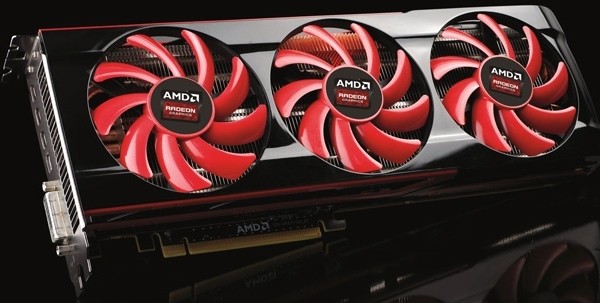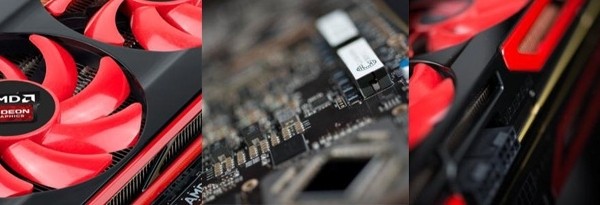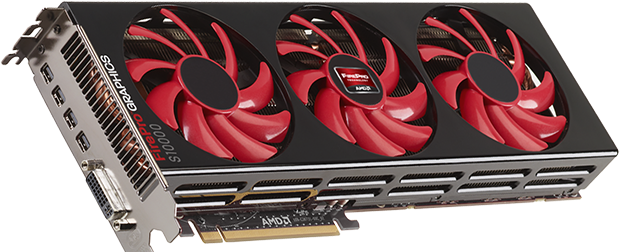AMD launched the Radeon HD 7790 late last week to cover the mid-range market which left many looking to see when the company was planning to tackle the high end. We now have some solid answers as AMD showcased the long-awaited Radeon HD 7990 dual-GPU card at the annual Game Developers Conference this week in San Francisco.
The Tech Report was on hand for the occasion although they said AMD didn’t have a ton of information to share. Aside from showcasing what the actual card would look like, representatives simply said it would be the world’s fastest graphics card and that it will be whisper quiet thanks to a three-fan cooling solution.

The unit on display included four mini DisplayPort outputs as well as a single DVI connector. The high-end graphics card appears to require two eight-pin PCIe power connectors in addition to the power it draws from the PCIe slot. This of course is typical for more powerful cards like this.
Interestingly enough, this isn’t the first time this card has been shown by AMD. At the AMD Fusion Developer Summit in June 2012, AMD CTO Mark papermaster seemingly mistakenly showcased this card on stage as the FirePro W9000.

Graphics PR chief Dave Erskine later said the mystery card was a dual-GPU solution that the company was working on for later in the year. It seems that AMD missed the target date by several months but at any rate, it’s official now. No word yet on when it will be available or at what cost but we’ll probably know more at Computex in June.
https://www.techspot.com/news/52077-amd-showcases-dual-gpu-radeon-hd-7990-at-gdc.html


